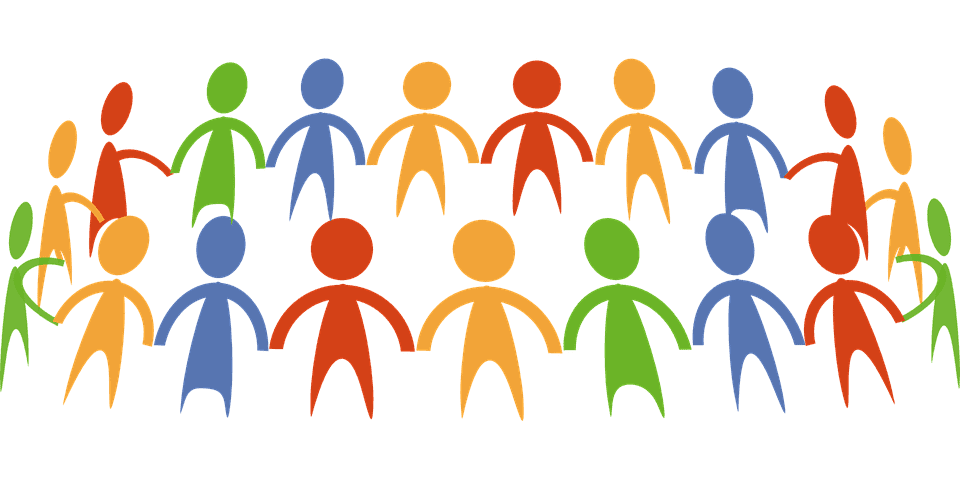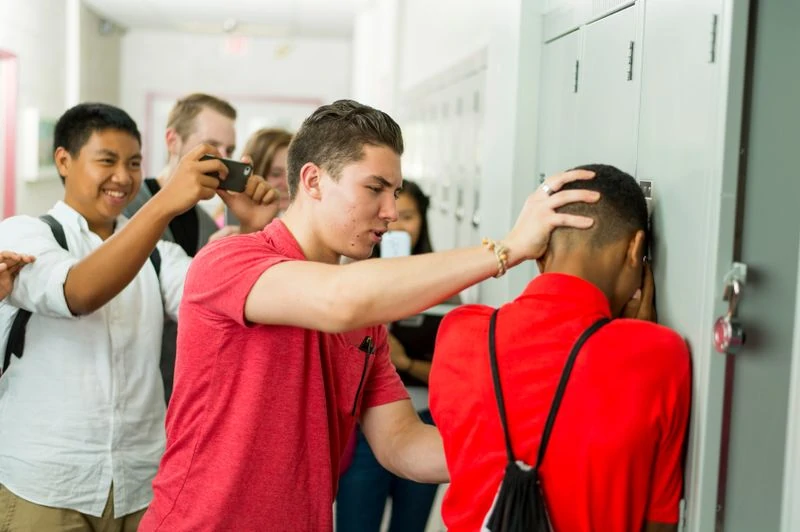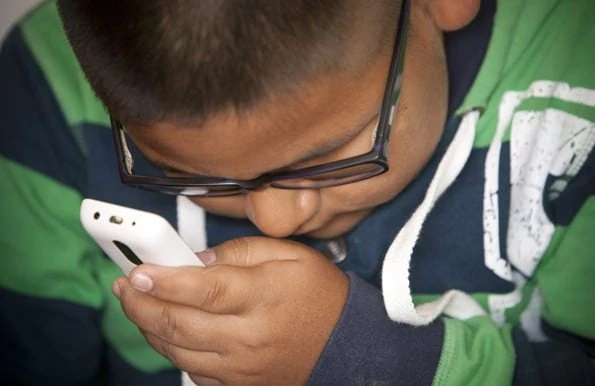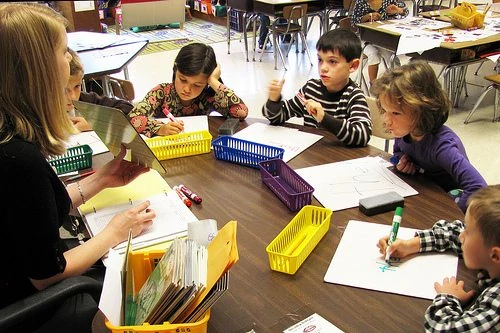One day, a group of children from the behavioral classroom came into my room VERY angry.
As a group, they had been bullied on the way to an assembly, and their collective rage had come busting out. A frightened educational assistant brought them into my room and asked, “Can you help?”
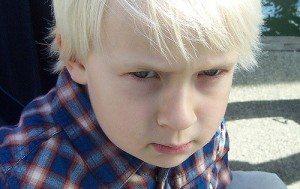
I said, “I know that you are really angry and you have a right to be. You have been mistreated. I want to hear what you have to say, but I can’t listen to you all at once. Take a minute to calm your body, and when you have settled down a bit, I want to know what happened.”
For 10 to 15 minutes, they lay on their mats. I could see their bodies start to settle. Then they all sat up and we had an amazing conversation about their troubled lives, their anger, their frustration at being “different.” By the end, we were able to come up with a plan to work together to help them work with those who didn’t understand them.
Taking Responsibility for Our Own Feelings
Things aren’t much different for us adults.
We need to be able to go deep to the roots of our feelings and express them with each other without attacking others. It’s another technique we practice with kids (and that’s often used in marital counseling) called “making I statements” to express what we are feeling – as opposed to “you” statements, which deflect responsibility by assigning blame.
For pain and fear are universal human experiences, and when we can truly hear what others are feeling, the effect is transformative – touching the basic humanity that binds us.
Identifying Our Community
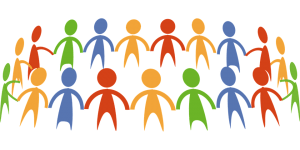
And community is something we need to recognize and nurture now more than ever – to focus on what connects us rather than divides; to see and honor our shared humanity; to interact with each other from a place of loving kindness and respect rather than fear and distrust.
After all, the story of America has always been a celebration of our connections. We can work toward that by teaching empathy.
Nurturing Empathy
Empathy helps us understand where others are coming from and how we might appropriately respond to them. Empathy helps us find the commonalities that create and reinforce community – despite our differences.
There are many ways to nurture this skill in children – from stories and guided relaxations that stimulate and strengthen the imagination (a prerequisite for empathy) to activities like the “Friendship Game,” which Lynea explains here in a segment from her Wellness 3 course, “Social and Emotional Approaches to Learning”:
Empathy Arises from Mindfulness
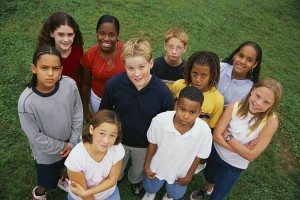
Then we can connect with them in honest and meaningful ways. And the more connected we are, the more secure we become. We have a foundation for a rich and meaningful life. And when bad things happen, we have others we can turn to – for comfort, support, solace.
We’re seeing too much of what disconnection looks like. It’s beyond time for us to make a change.
Image credits: blonde boy by Gerry Thomasen, via Flickr;
group by hepingting, via Wikimedia Commons

